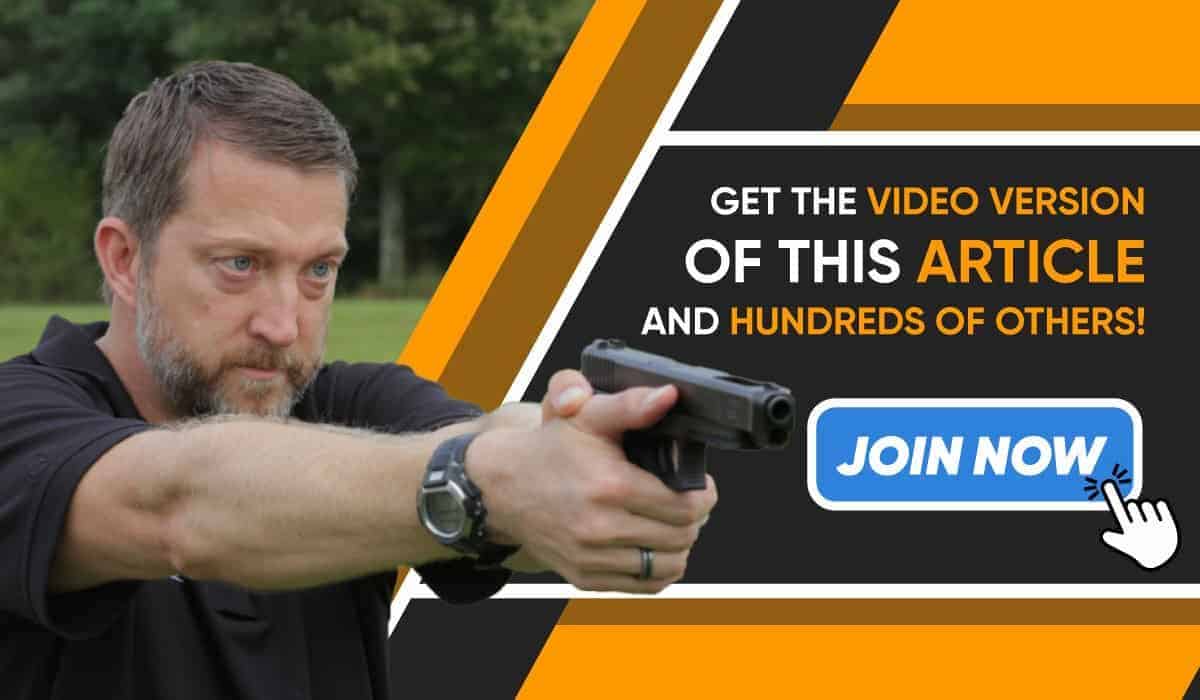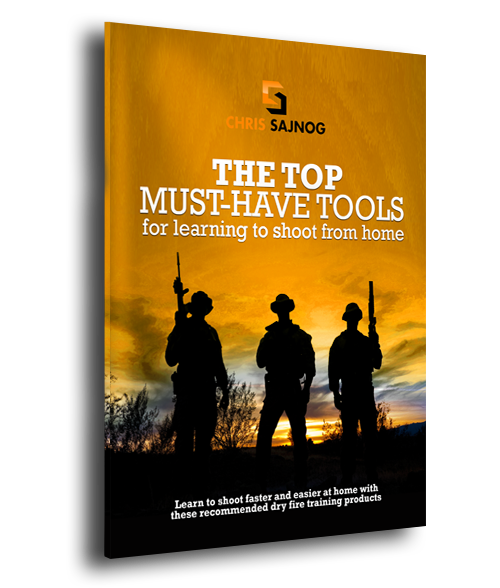Life-Saving Tips – SMART Emergency Medicine
Hey guys, I’m retired Navy SEAL Chris Sajnog, and in this post, I want to teach you life-saving tips and a smart way to handle emergencies. Now let’s go ahead and get started.
So why are we talking about emergency medicine? Well, if I’m going to teach you how to shoot a firearm, that means that you are working with something that could potentially cause harm to you or others. It’s important that you know how to patch up some holes if God forbid something bad happens.
My Credentials
When I was a Navy Seal, I was what’s called an 18 Delta, which is a special forces medic. I did that and I was a paramedic instructor for 20 years. Medicine is what I know just as good as shooting. So I’m highly qualified to be able to teach you emergency medicine.
So when it comes to learning emergency medicine, the number one thing that I want to instill in you is the same thing as anything that you want to learn or anything that you want to get better at. That is training.

S.M.A.R.T
So when it comes to learning how to treat an emergency medical situation, a lot of you may have heard of the ABCs. The ABCs stands for airway, breathing, and circulation.
When it comes to an emergency, the airway is oftentimes not the most important thing. There are other things that are going to take precedence over that. That’s why I came up with these life-saving tips and smart emergency medicine. SMART stands for scene safe, massive bleeding, airway, reassess, and then transport.
Is The Scene Safe
The first thing is, is the scene safe. If you come up to an emergency medical situation, obviously, you don’t want yourself or others to become casualties there. So you need to check and make sure it’s safe.
Even in a gunfight, sometimes the best medicine that you can give is stopping the person who is putting holes in either you or the ones you love. So you may need to return fire or get to a safe place before you can even start treating the patient.
Massive Bleeding
Next up is massive bleeding. So massive bleeding is when you see blood pooling or you see blood shooting out. You need to stop that bleeding because somebody can bleed out in as little as 30 seconds.
People can literally live after hours of not breathing. If the airway isn’t open right away, we will get to that. But if this person is bleeding out, we need to stop it and use any means we can to stop that bleeding.
Airway
Now that we’ve stopped the bleeding, the next thing is the airway. So you just want to open up the airway and make sure that it is working well. You want to see the chest move up and down.
You also want to check to make sure there are no extra holes in the airway. Any holes that are below the jaw or above the belly button need to be covered with an occlusive dressing, and that’s all part of the airway.
Reassess
The R stands for reassessment. Reassessing means going back to rechecking all your previous treatments. So if you stopped an arterial bleed in the upper arm, and then you go to do something else, as soon as you’re done, go back and reassess that arm to make sure that it’s not bleeding again. You may need to do that over and over until you get to the last part, which is Transportation.
Transportation
Transportation, obviously, is part of Emergency Medicine the fact that you are not in a hospital. So we want to get this person who is injured to a hospital. If you didn’t, it wouldn’t have been an emergency. So make sure you get them going as fast as you can.
Alright, and a last little bonus here. If you carry a knife with you, the world is your bandage. That’s it for today for these life-saving tips. I hope one day this video might help you or someone you love to keep paving their path to perfection.



